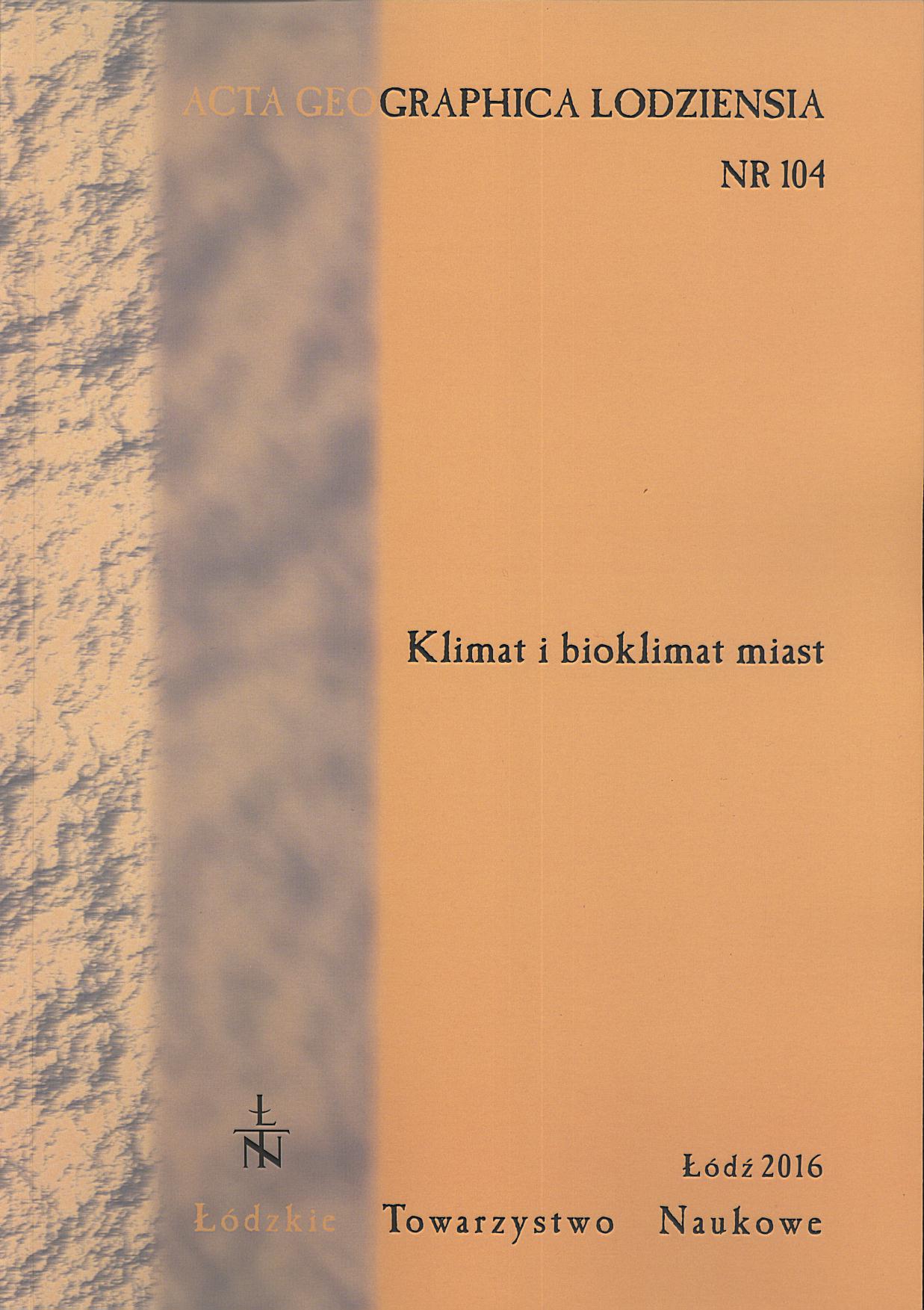Wpływ opadów na wahania zwierciadła wód gruntowych w zachodniej części Wzniesień Łódzkich
The influence of precipitation on water table fluctuation
in the western part of Łódź Hills
Author(s): Joanna Jędruszkiewicz, Mariusz Zieliński, Piotr MoniewskiSubject(s): Geography, Regional studies, Environmental Geography
Published by: Łódzkie Towarzystwo Naukowe
Keywords: precipitation; groundwater table; aeration zone; climatic water balance, Łódź Hills; Łódź
Summary/Abstract: The groundwater table level depends not only on morphological and hydrogeological factors, butmainly on the type of precipitation, its abundancy and intensity. The relation between precipitation andgroundwater table level was examined for two wells for the 1999–2013 period (Fig. 1, Tab. 1). Thefirst well is located in Ciosny, in the suburban area of Łódź, and represents fluvioglacial deposits ofthe Łódź Hills. The second one is located in the southern part of Łódź (Fig. 2), within the Wysoczyzna Łaska, and the aquifer is composed of fine-grained sands. The precipitation datasets were obtained from the Ciosny and Łódź-Lublinek stations (Tab. 2).In the years 1999–2013 the two dry periods (2003–2006, 2011–2012) and two wet periods (2000–2002 and 2010) were noticed (Fig. 3). The average depth of the water table level in Ciosny sandur was found to be 329 cm, which is much higher than in Łódź in the Olechówka Valley (148 cm). As depthincreases, the groundwater table level is more stable (the amplitude reached 223 cm in Łódź and 96 cmin Ciosny) and the frequency of the high water level decreases (Fig. 4). Despite the differences in thedepth of the two wells, the fluctuations in the water table levels have a very similar annual course withthe maximum in March and minimum in October (Fig. 5).A slight but statistically significant correlation exists between the groundwater table level andmonthly precipitation totals – higher for a monthly dataset shift (Tab. 3). The increase of groundwatertable level is higher in Łódź than in Ciosny. It was also found that the weekly precipitation below 10 mmdoes not balance the loss of water (drainage, evaporation). Only the precipitation totals greater than 20mm provide an increase in the water level – in the summer up to 70–80 cm (Figs 6, 7). In Łódź, the increase rate usually doesn’t exceed 2 cm, and in Ciosny 1 cm per day. The average decline of groundwatertable was about 1.2 cm per day in Łódź, and 0.5 cm in Ciosny. The weekly maximum increasereached 81 and 37 cm respectively and maximum decrease 33 and 23 cm. Regardless of hydrologicalconditions, a guaranteed increase in groundwater table level occurred after weekly precipitation totals higher than 50–60 mm (Fig. 8), however in summer (Fig. 9) it was higher than in winter (Fig. 10). Dueto this, the cold half of the year with positive climatic water balance (Fig. 11) is crucial for the groundwater recharge and determines the groundwater table level for the rest of the year.
Journal: Acta Geographica Lodziensia
- Issue Year: 2016
- Issue No: 104
- Page Range: 223-235
- Page Count: 13
- Language: Polish

